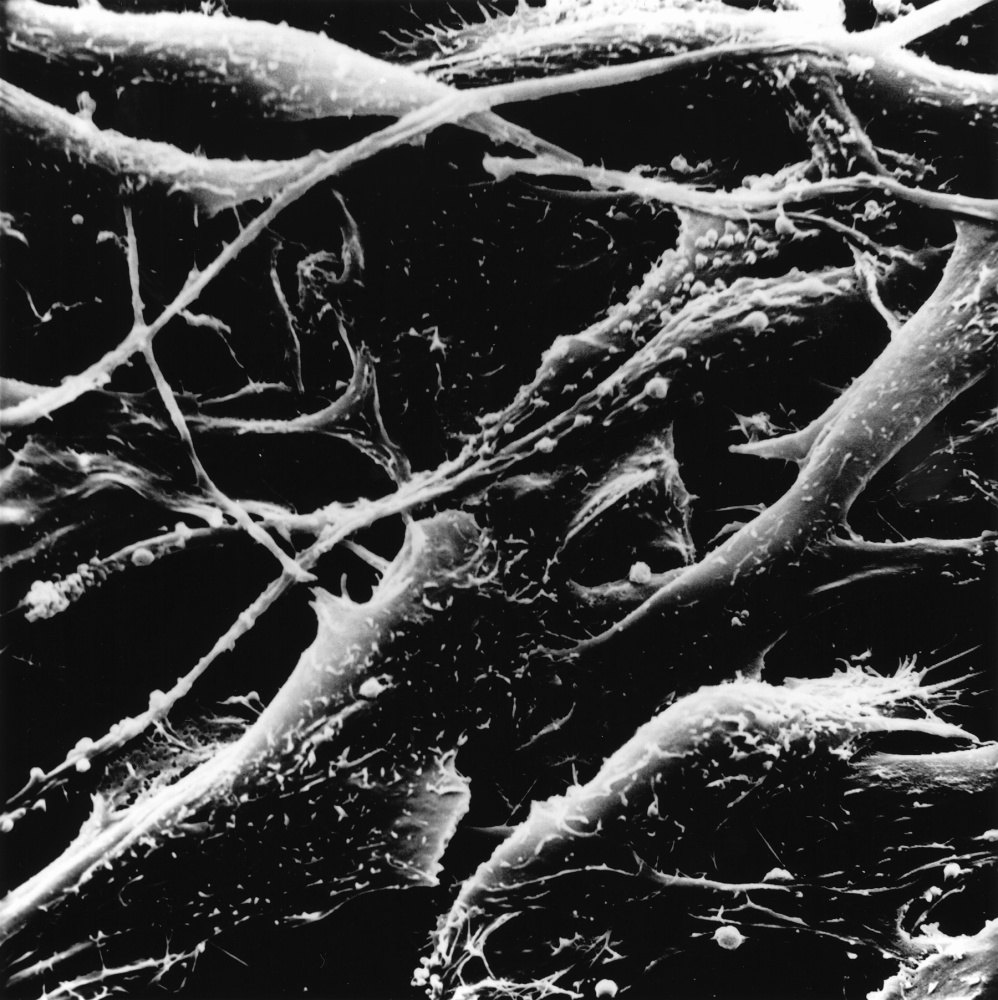What's the Difference Between Melanoma and Skin Cancer? | Dana-Farber Cancer Institute - Dana-Farber Cancer Institute
- Melanoma is one of the three major types of skin cancer.
- It is the least common of the three but also the most aggressive.
- Early detection and treatment are key to survival.
Melanoma is not a different disease from skin cancer. It is, rather, a form of skin cancer.
Of the three major forms of skin cancer, melanoma is the rarest but also the most aggressive. It is diagnosed in more than 96,000 people in the United States each year, and patients generally have a good prognosis if it is detected and treated early, before it has a chance to spread to other parts of the body.
Melanoma arises in skin cells known as melanocytes, which make the pigment melanin and give skin its color. These cells are found in the deepest part of the epidermis (the top layer of skin).

The two other major forms of skin cancer are squamous cell carcinoma and basal cell carcinoma, the most common form of skin cancer. They form in the upper and lower layers of the epidermis, respectively. Both are classified as "nonmelanoma" and rarely spread to other parts of the body.
What do early signs of melanoma and other types of skin cancer look like?
Melanoma typically begins as a mole and can occur anywhere on the body. Squamous cell carcinoma may appear as a firm red bump, a scaly patch, or open sore, or a wart that may crust or bleed easily. Basal cell carcinoma may appear as a small white or flesh-colored bump that grows slowly and may bleed.
What are the treatment options for melanoma?
Surgery — performed to remove the melanoma while leaving as much nearby skin intact as possible. The surgeon may also remove one or more nearby lymph nodes to look for signs that the cancer has spread.
Targeted therapy — uses drugs directed at specific abnormal proteins in cancer cells. Patients whose melanoma carries a mutation in the BRAF gene may be treated with drugs that target the altered BRAF protein or the associated MEK proteins. Three drug combinations have been FDA-approved for metastatic and high-risk melanoma with a BRAF mutation: dabrafenib and trametinib; encorafenib and binimetinib; and vemurafenib and cobimetinib
Immunotherapy — uses the body's immune system to fight cancer cells. Dana-Farber scientists have led clinical trials of the drug ipilimumab, one of a class of immunotherapy drugs that are helping some patients with advanced melanoma survive 10 years or longer. In other Dana-Farber-led trials, the immunotherapy agent nivolumab achieved three-year survival rates of more than 40% in patients with metastatic melanoma. Dana-Farber investigators have also found that initially treating advanced melanoma patients a combination of nivolumab and ipilimumab results in a much higher response rate than treatment with ipilimumab alone. A range of other clinical trials testing various immunotherapies is also under way for patients with advanced melanoma.
Radiation therapy — sometimes used to eliminate any melanoma cells left after surgery to treat melanoma that has come back after initial treatment or spread to other parts of the body, or to reach melanoma in parts of the body that are hard to remove by surgery.
Comments
Post a Comment